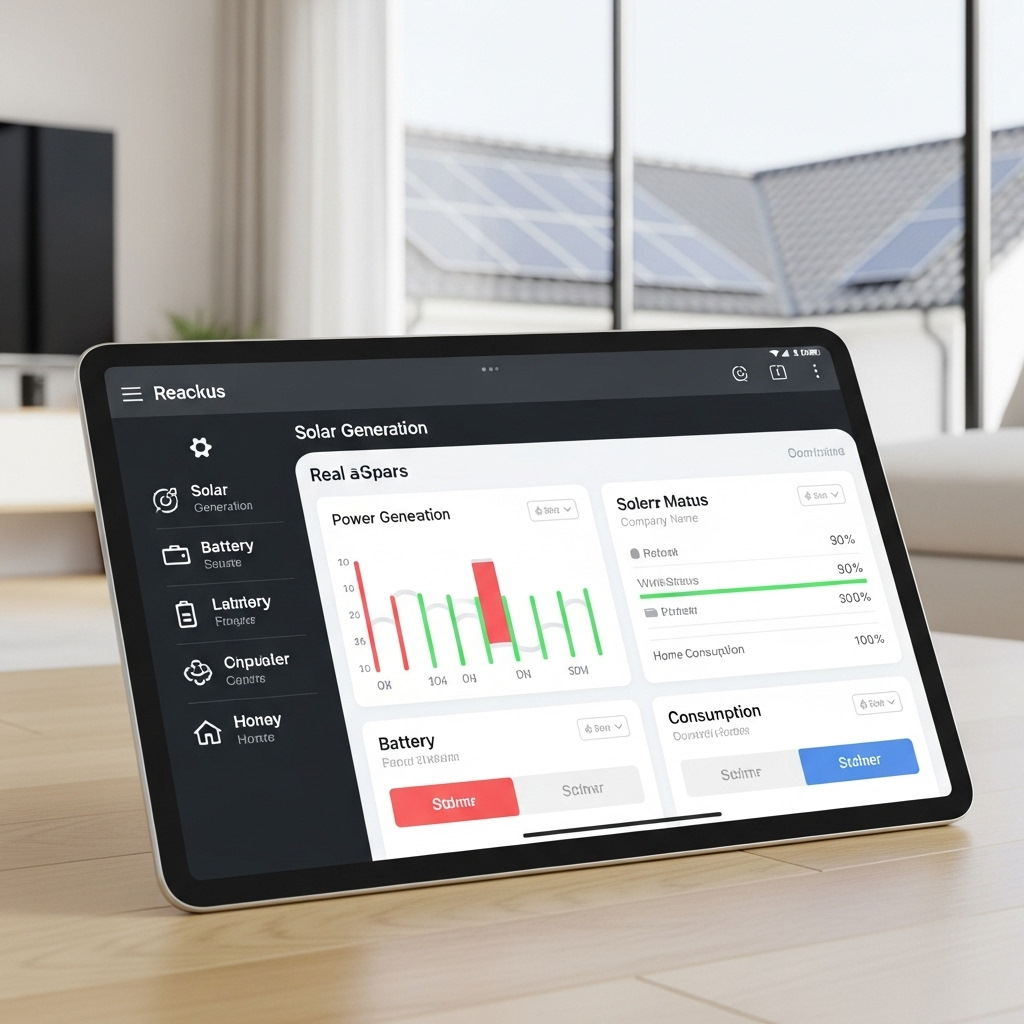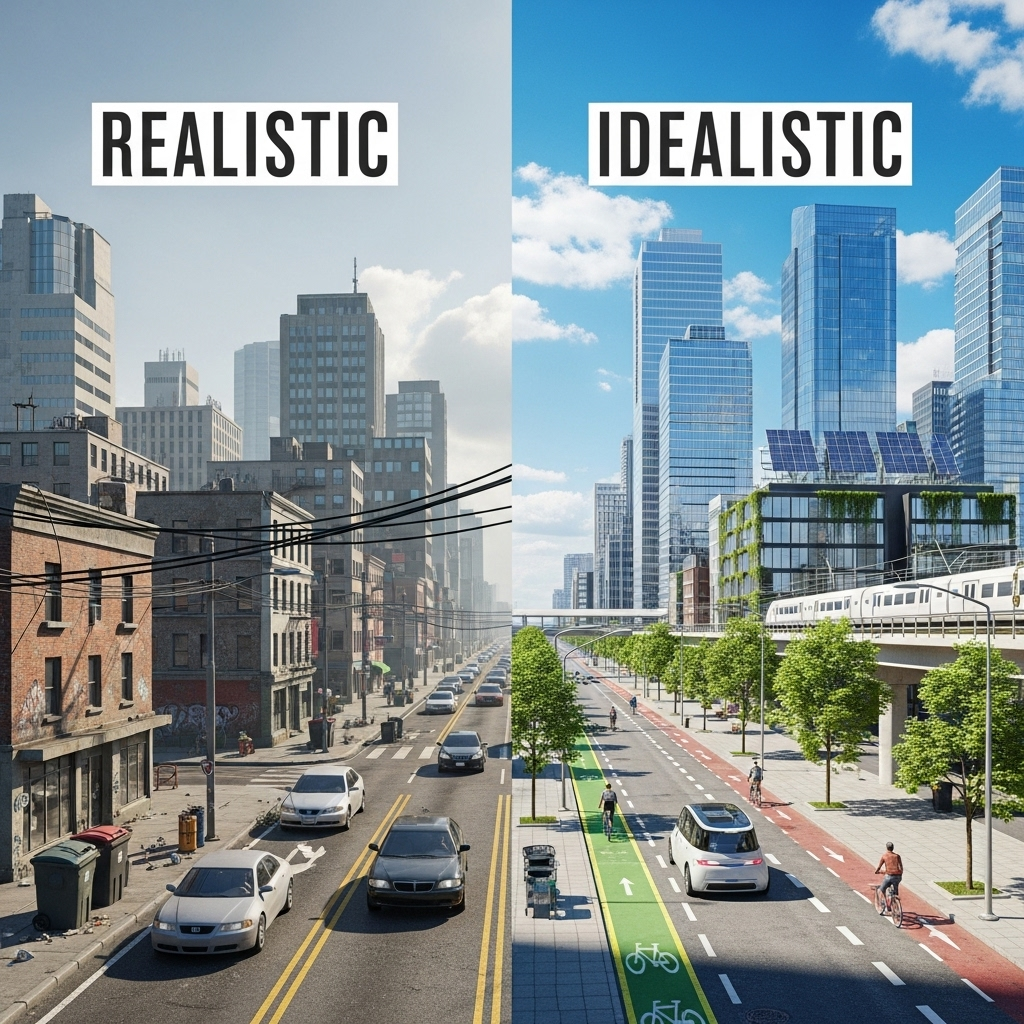Modern residential energy storage systems (ESS) are evolving from simple battery backups into intelligent hubs for home energy management. The integration of the Internet of Things (IoT) and cloud platforms is central to this transformation. By connecting to the cloud, these systems gain the ability to process vast amounts of data, predict future conditions, and make smart decisions automatically. This analysis explores the approach of Sonnen's IoT-optimized residential ESS control, a prominent example of how advanced software elevates the value of home energy storage.
The Core of Smart Control: Data-Driven Decision Making
An intelligent ESS operates on a simple principle: use the right energy at the right time. Achieving this requires a constant flow of information and the ability to interpret it effectively. The system's control logic moves beyond basic charge and discharge cycles, embracing a proactive strategy based on predictive analytics.
Aggregating Multiple Data Streams
An IoT-optimized system synthesizes information from several key sources to build a complete picture of the home's energy ecosystem. These data points typically include:
- Photovoltaic (PV) Generation: Real-time data on how much energy your solar panels are producing.
- Home Energy Usage: Monitoring household consumption patterns to understand when and how much power is needed.
- Weather Predictions: Accessing local weather forecasts to anticipate solar production for the coming hours and days.
- Grid Tariffs: Tracking time-of-use (TOU) rates from the utility to identify peak and off-peak pricing periods.
By combining these inputs, the system can make informed choices. For instance, if it anticipates a sunny afternoon but high evening energy prices, it can prioritize charging the battery from solar power to offset expensive grid electricity later.
Predictive Algorithms in Action
The collected data feeds into sophisticated predictive algorithms. These algorithms are the 'brain' of the operation, enabling the system to forecast and optimize its behavior. A publication from the International Renewable Energy Agency, Quality infrastructure for smart mini-grids, highlights systems like Sonnen's as examples of advanced metering, forecasting, and control. The primary goal is to maximize solar self-consumption, ensuring that as much of the free energy from the sun as possible is used directly or stored for later, rather than being exported to the grid for minimal compensation.
This intelligent control allows the system to decide whether to:
- Power the home directly from solar panels.
- Charge the battery with excess solar energy.
- Discharge the battery to power the home during low-production periods or high-cost grid times.
- Charge the battery from the grid during the cheapest off-peak hours in preparation for an expensive peak period.
Beyond the Home: The Virtual Power Plant Concept
One of the most innovative applications of IoT-controlled residential storage is the formation of Virtual Power Plants (VPPs). A VPP is a network of decentralized, distributed energy resources—like home batteries—that are aggregated and controlled by a central cloud platform to act as a single power plant.
Grid Stabilization with Distributed Storage
In regions with high renewable energy penetration, grid congestion can become a significant issue. For example, on a windy day, turbines might produce more electricity than the transmission lines can handle, forcing operators to curtail (waste) that clean energy. A case study referenced in IRENA's Electricity Storage Valuation Framework details a pilot project in Germany involving the grid operator TenneT and Sonnen. In this project, a network of home battery systems was used to absorb excess wind energy from the grid.
This network created a 'virtual power line', where thousands of home batteries collectively stored energy that would have otherwise been lost. Later, this stored energy could be discharged back to the grid or used by the homeowners, reducing strain on the physical infrastructure and improving overall grid stability.
Benefits for Homeowners and the Grid
This VPP model creates a symbiotic relationship. Homeowners who participate may receive financial incentives for allowing their batteries to be used for grid services. This opens up a new revenue stream and improves the return on their investment. For grid operators, VPPs provide a flexible and rapidly deployable resource to manage supply and demand fluctuations. This approach is a key part of the larger energy transition, as noted by the International Energy Agency in its report on Status of Power System Transformation 2019, which discusses how distributed resources are fundamentally changing power system operations.
Technical and Safety Foundations
Advanced functionality must be built on a foundation of reliability and security. A well-designed residential ESS integrates high-quality hardware with robust software and adheres to stringent safety standards.
Ensuring Reliability with Certifications
Certifications are a critical indicator of a system's safety and quality. For an integrated residential ESS, several key standards apply:
- UL 9540: This is a comprehensive safety standard for Energy Storage Systems and Equipment. It ensures that the battery, inverter, and control software are designed and tested to work together safely as a complete system.
- UL 1741: This standard covers inverters, converters, and controllers used in distributed energy systems. It verifies that the inverter can safely connect and interact with the electric grid.
- UL 1973: This applies specifically to the batteries used in stationary applications. It involves rigorous testing for thermal runaway, short circuits, and other potential hazards.
These certifications provide assurance that the product has undergone independent testing and meets high safety benchmarks.
Data Security in the Cloud
Any IoT device that connects to the internet raises questions about data security. A secure residential ESS employs robust encryption protocols to protect data both in transit and at rest. Industry best practices include using HTTPS with TLS 1.2 encryption for all communications between the system and the cloud. This prevents unauthorized access to personal energy data and ensures that control commands cannot be maliciously intercepted.
Maximizing Your System's Potential
An IoT-optimized ESS offers powerful automation, but understanding its operation helps you get the most value from your investment. Familiarizing yourself with key performance metrics and system settings can lead to greater savings and energy independence.
| Metric | Description | Impact on Performance |
|---|---|---|
| Self-Consumption Rate | The percentage of solar energy produced that is used on-site (either directly or from the battery). | A higher rate means less reliance on the grid and greater savings. IoT control aims to maximize this. |
| Round-Trip Efficiency (RTE) | The ratio of energy discharged from the battery to the energy put into it. | Higher RTE means less energy is lost during the charge/discharge cycle. A typical LiFePO4 battery has an RTE of 90% or more. |
| Depth of Discharge (DoD) | The percentage of the battery's total capacity that is used. | A higher DoD allows you to use more stored energy, but may impact long-term battery life. Modern systems manage this automatically. |
To get the most out of such a sophisticated system, it's crucial to understand its core performance metrics. Factors like efficiency and discharge depth directly impact your savings. For a complete breakdown, you can review this ultimate reference on solar storage performance, which provides a deeper look into these critical factors.
Final Thoughts on Intelligent Energy Management
The evolution of residential ESS, as exemplified by Sonnen's IoT-driven approach, marks a significant shift from passive energy storage to active, intelligent energy management. By leveraging cloud computing, data analytics, and predictive algorithms, these systems offer more than just backup power. They provide a pathway to lower energy bills, greater energy independence, and a more resilient, efficient electrical grid for everyone. As this technology becomes more widespread, the home battery will solidify its role as a cornerstone of the modern energy landscape.
Frequently Asked Questions (FAQ)
What is an IoT-optimized residential ESS?
An IoT-optimized residential energy storage system is a home battery system connected to the internet. It uses cloud-based software and data analytics to intelligently manage how it stores and releases energy, based on factors like solar production, home usage, weather, and electricity prices.
How does weather forecasting help my battery system?
Weather forecasting allows the system to predict how much solar energy will be generated. If it expects a sunny day, it might hold off on charging from the grid. If it anticipates cloudy weather, it might charge the battery during cheap, off-peak hours to ensure you have enough stored power later.
Can my home battery really help the power grid?
Yes. When many home batteries are connected in a network (a Virtual Power Plant), they can be used to absorb excess renewable energy or provide power back to the grid during times of high demand. This helps stabilize the grid and can earn you financial rewards.
Is my data safe with a cloud-connected energy system?
Reputable manufacturers prioritize data security. They use strong encryption standards, like TLS 1.2, for all communication between your system and the cloud. This ensures your energy usage data remains private and the system cannot be tampered with remotely.





Leave a comment
All comments are moderated before being published.
This site is protected by hCaptcha and the hCaptcha Privacy Policy and Terms of Service apply.